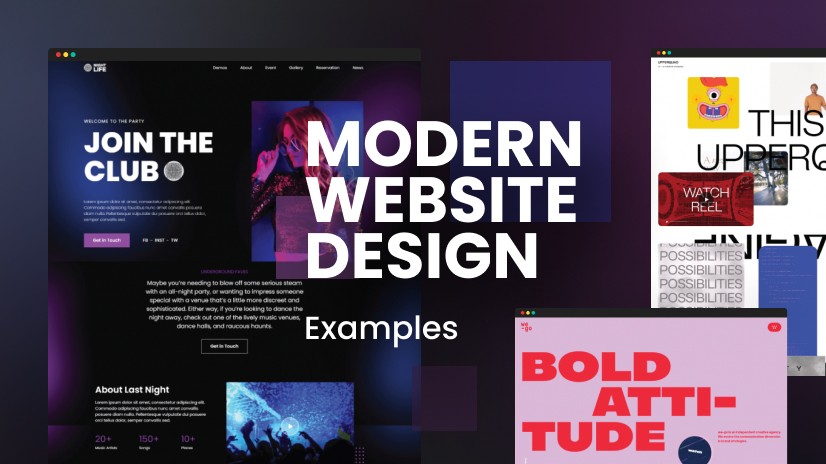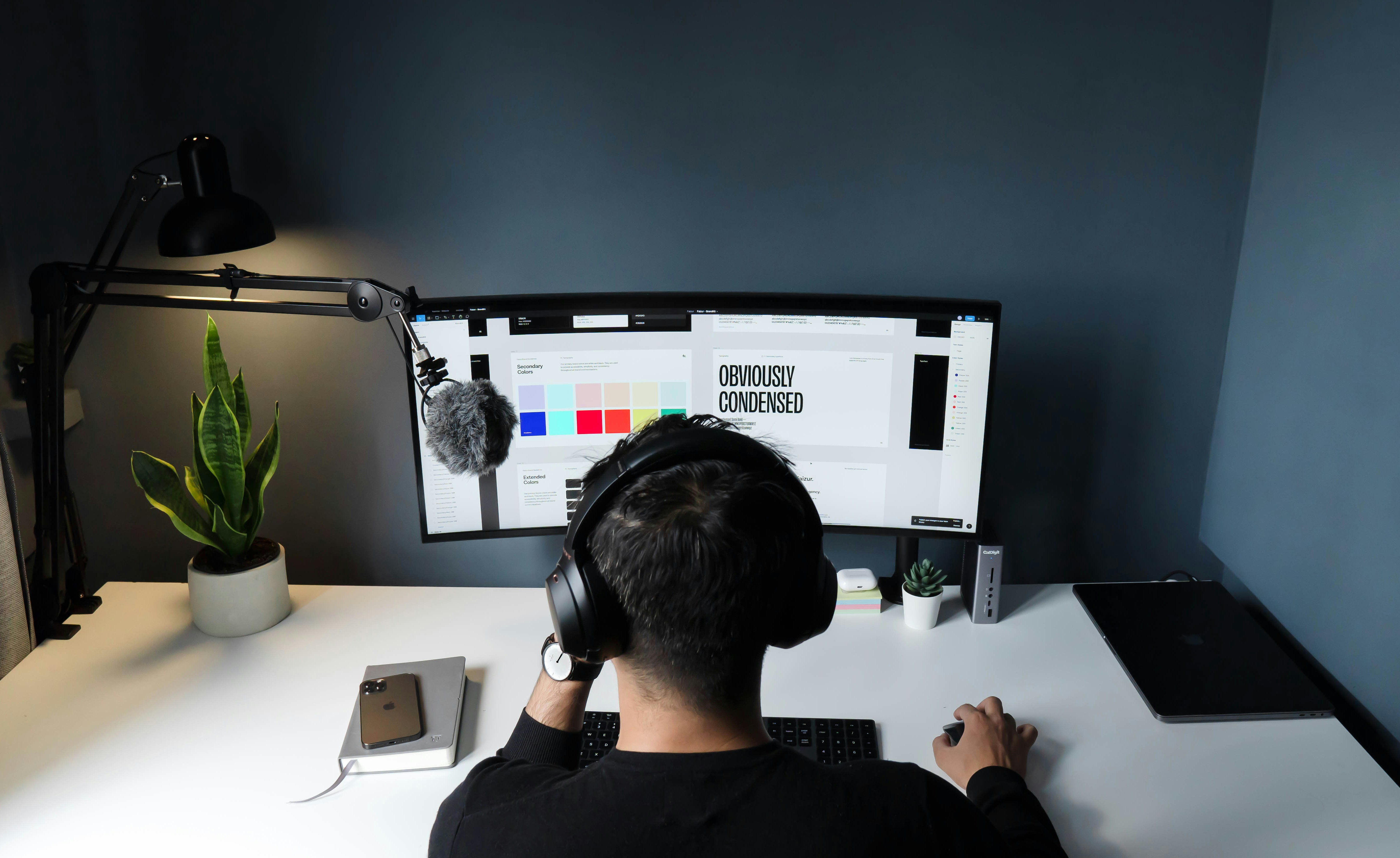Introduction
Citizen science is revolutionizing the way we conduct research, harnessing the collective power of individuals to contribute to scientific endeavors. From tracking wildlife populations to monitoring environmental changes, citizen science projects offer opportunities for anyone with a curious mind to participate in the scientific process. This blog post delves into the exciting world of citizen science, exploring its potential impact and showcasing how everyone can become a contributor to scientific discovery.

Getting Started
Embarking on the journey of web design and content creation within the realm of digital marketing can be both exciting and overwhelming. It's important to acknowledge that in this ever-evolving landscape, not every achievement can be immediately quantified.
Lorem ipsum dolor sit amet, consectetur adipiscing elit.
Navigating this dynamic field requires a blend of creativity and strategy. Let's explore how to kickstart your journey and make a lasting impact through your web design and content creation endeavors.
Key Features
Introduction: Creating accessible websites is crucial for ensuring that everyone, regardless of ability, can access and use the internet effectively. By designing with accessibility in mind, we can create a more inclusive online experience for all users.
The Importance of Accessibility: Discuss why accessibility is important, highlighting the fact that it not only benefits users with disabilities but also improves usability for all users, including those using mobile devices or older technology.
Key Principles of Accessible Design: Outline key principles of accessible design, such as using clear and consistent navigation, providing alternative text for images, ensuring color contrast for readability, and designing with keyboard navigation in mind.
Tools and Resources for Accessibility: Provide information about tools and resources that can help designers and developers create accessible websites, such as screen reader software, color contrast checkers, and accessibility testing tools.
Case Studies and Examples: Include case studies or examples of websites that have successfully implemented accessible design principles, showcasing the positive impact it has had on user experience.
Call to Action: Encourage designers and developers to prioritize accessibility in their work and provide resources for learning more about accessible design practices.
Conclusion: Creating accessible websites is not only a legal requirement in many places but also a moral imperative. By designing with accessibility in mind, we can create a more inclusive online environment that benefits everyone.
